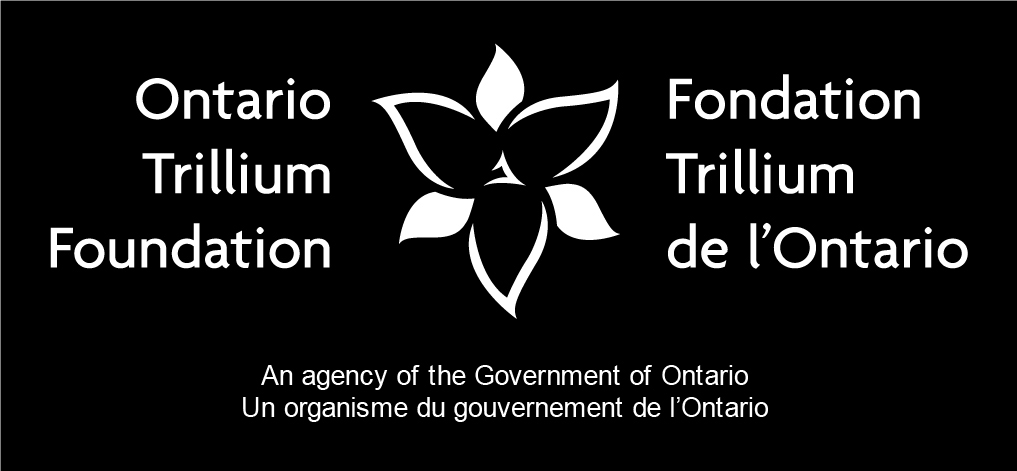About the Spirit Catcher
The Spirit Catcher
The Spirit Catcher has been sited on Barrie’s waterfront, at the base of Maple Street since 1987. Initially developed for Vancouver’s EXPO ’86, Ron Baird created this sculpture to support the EXPO’s theme of transportation and communication. Influenced by the iconography of Indigenous oral traditions in the Pacific Northwest, the work references the Thunderbird. Originally installed at False Creek in Vancouver, this 20-tonne steel sculpture took over six months to produce. The sculpture is 21 metres high and has 16 kinetic quills, 2 wings, 3 legs and a pair of antennae. The Spirit Catcher is made of cor-ten steel, a steel that does not flake when it rusts, but instead retains its structural integrity. The artist has deliberately rusted the metal for aesthetic reasons.
After the end of EXPO ’86, the sculpture was purchased by the Helen McCrea Peacock Foundation and donated to the Barrie Gallery Project in memory of Helen McCrea Peacock and Kenneth Westrup. The Barrie Gallery Project was renamed the MacLaren Art Centre in 1991, and the Spirit Catcher was the first artwork to enter the MacLaren’s Permanent Collection. The installation took place over the course of two days in June 1987 and was dedicated in September of that year.
Ron Baird (RCA) is a Canadian artist, based out of Beaverton, Ontario. He is best known for his large-scale, site-specific sculptural installations. Many are kinetic or respond in some way to their environmental conditions. Baird is the recipient of numerous honours, including Allied Arts Awards from the Royal Architectural Society of Canada and the Ontario Society of Architects. He has worked throughout Canada and has undertaken residencies in Ireland and Nicaragua. Other publicly sited works by Baird in Barrie include the Sea Serpent (1986) on Barrie’s waterfront, and the Spirit Clock (2015) at Yonge Street Station.
Repairs to the Spirit Catcher
Every year, the MacLaren undertakes routine maintenance and review of the Spirit Catcher. In June 2016, the technicians noted that several of the ball bearings, now thirty years old, were in need of replacement. On the advice of the technicians, the sculpture was fenced off as a precautionary measure. The MacLaren brought on mechanical engineers from CC Tatham, who completed an on-site review of the structure in July. Their report noted that three quills required new ball bearings, and recommended undertaking non-destructive safety testing on the internal assembly to ensure that the Spirit Catcher remained safe. The report identified other issues—including some corrosion damage to the quill seams, some corrosion to bolt heads, and the general age of all ball bearings—but noted that the steel structure was otherwise in good condition.
The MacLaren Art Centre has a detailed preservation plan for Spirit Catcher’s maintenance and annually inspects all moving and stationary parts, greasing bearings and preparing a report on the condition of the sculpture. In 2016, the MacLaren Art Centre worked with engineers from CC Tatham and with Western Mechanical to replace the ball bearings on each of the sixteen quills and on the two antennae. Spirit Catcher has been sited on city land at the Barrie waterfront since 1987, and was accessioned into the MacLaren’s Permanent Collection in 1989. It has become an icon for the City of Barrie and the MacLaren remains committed to its preservation and care.
Requests for Reproduction of the Spirit Catcher
The Spirit Catcher by Ron Baird (1986) is a work in the Permanent Collection of the MacLaren Art Centre. In accordance with Canadian copyright law, the artist owns copyright of this artwork. Copyright laws exist to protect the economic and moral rights of the artist as the creator and to protect the artist from other people making money from the use of the artist’s creation. The artist, Ron Baird, has granted license to the MacLaren Art Centre to present this artwork, and to authorize its presentation and reproduction, and to control the use of images in accordance with existing copyright legislation. This agreement is valid for the life of the creator, plus fifty years. The terms of the agreement state:
a) Organizations wishing to reproduce a photographic image of the Spirit Catcher in print and/or electronic publications and communication materials must seek prior permission from the MacLaren. Permission will be granted provided the photography appropriately represents the artwork, gives the full credit — Spirit Catcher by Ron Baird, 1986, Collection of the MacLaren Art Centre, Barrie — and that the materials bearing the image are used to celebrate the artist, the artwork, the visual arts and/or the City of Barrie. Reproduction and/or royalty fees may be required.
b) Not-for-profit organizations in Barrie may apply to the MacLaren to use a 2-D image reproduction of the Spirit Catcher as a part of their logo or graphic design to promote an event or cause, provided the objects/merchandize they produce are not for sale. This graphic can represent the Spirit Catcher in whole or part (detail) but not alone, and in any colour, and without credit to the artist, the artwork or the MacLaren. Requests from non-profit organizations are to be submitted to lisa@maclarenart.com for approval prior to use.
c) Any other requests (i.e. from for-profit organizations to use an image or graphic of the Spirit Catcher to advertise or promote a product or service, or requests to produce merchandise for sale, etc.) will be forwarded to the MacLaren board/executive for consideration. Reproduction and/or royalty fees may be required.
d) As legal owners of the artwork, the MacLaren Art Centre maintains exclusive reproduction rights for the Spirit Catcher in respect to 3-D replicas, 2-D printed images and other merchandize bearing the Spirit Catcher image for sale.
* Unfortunately until further notice, Requests for Reproduction of the Spirit Catcher are on hold











